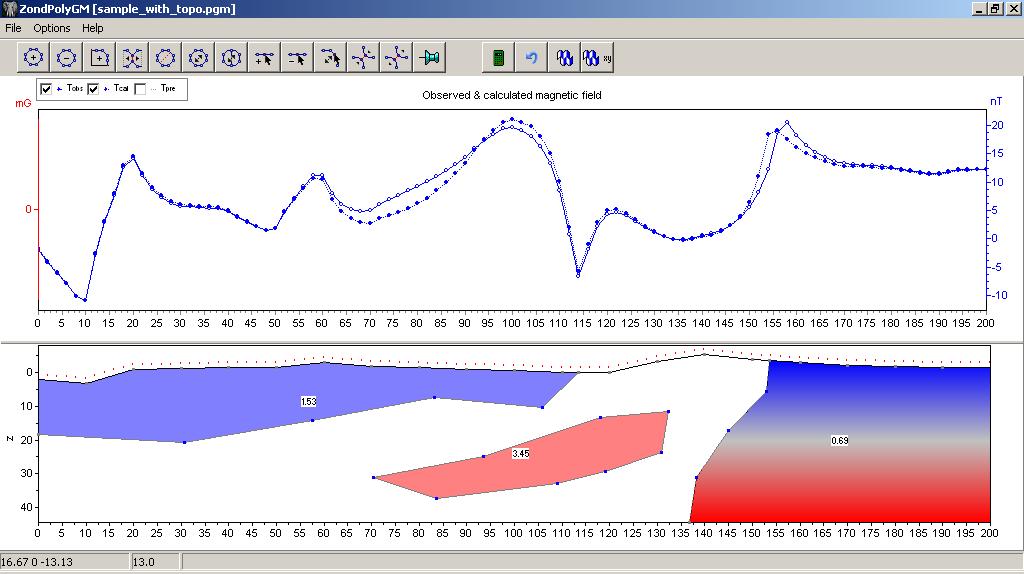


We estimate then the hydraulic conductivity of the subsurface derived from the CC images using a two-step approach. The interpretation of the resolved CC units is then sustained by the RST images and the lithological information from the boreholes. While all geophysical data was processed initially independently, the final complex conductivity imaging results are based on the incorporation of structural constraints about the electrical units obtained from the TEM soundings. Cores recovered during the drilling of the boreholes are used to aid in the interpretation of the geophysical units, while analysis of the sediments was conducted to obtain grain size distributions, cation exchange capacity and mineralogy of the subsurface materials. Additionally, we also present well-logging data (namely electrical resistivity, natural gamma logs) collected in five boreholes. The geophysical data sets presented in this study consists of 24 densely distributed complex conductivity (CC) imaging profiles, collocated to these profiles we also collected 517 transient electromagnetic (TEM) soundings and 10 refraction seismic tomography (RST) profiles. The objective of the investigation is the spatial characterization of a slope affected by mass movements to derive hydrogeological structures and preferential flow paths. We present an approach that permits to predict hydraulic conductivity from extensive, multi-methodical geophysical data collected on a hillslope affected by landslides in Austria. 4Department of Geophysics, Geological Survey of Austria, Vienna, Austria.3Department of Physical Geography, Institute of Geography, University of Göttingen, Göttingen, Germany.2Section Applied Geophysics, Department of Geophysics, Central Institution for Meteorology and Geodynamics (ZAMG), Vienna, Austria.1Geophysics Research Division, Department of Geodesy and Geoinformation, TU Wien, Vienna, Austria.

Jakob Gallistl 1,2*, Daniel Schwindt 3, Jochum Birgit 4, Lukas Aigner 1, Mandana Peresson 4 and Adrián Flores Orozco 1


 0 kommentar(er)
0 kommentar(er)
